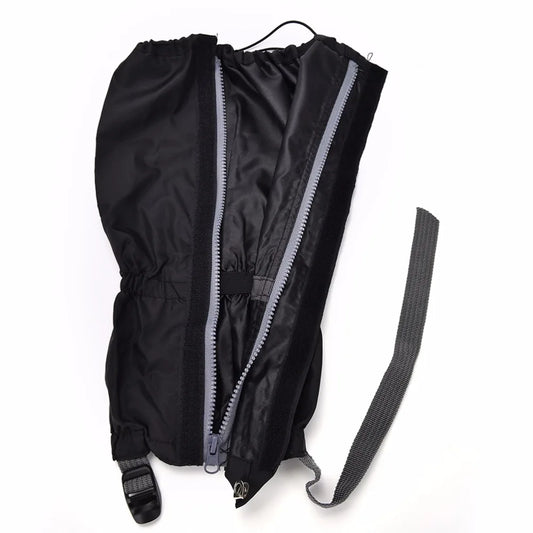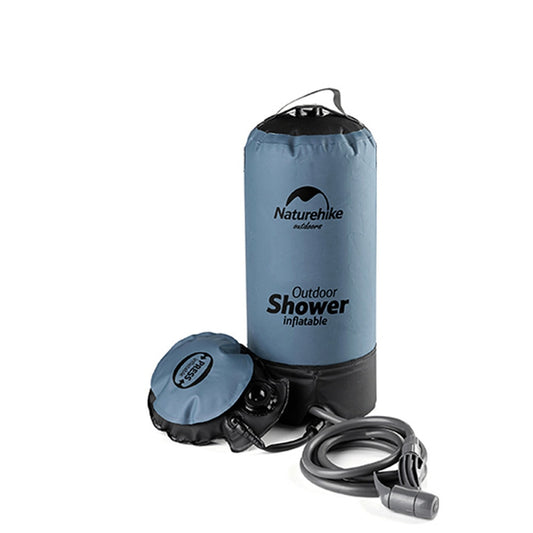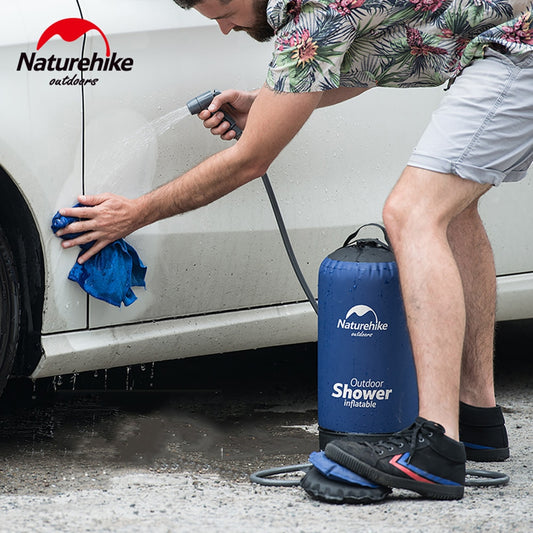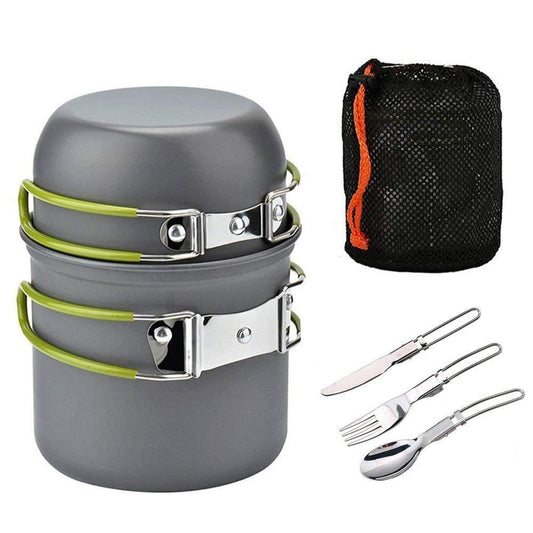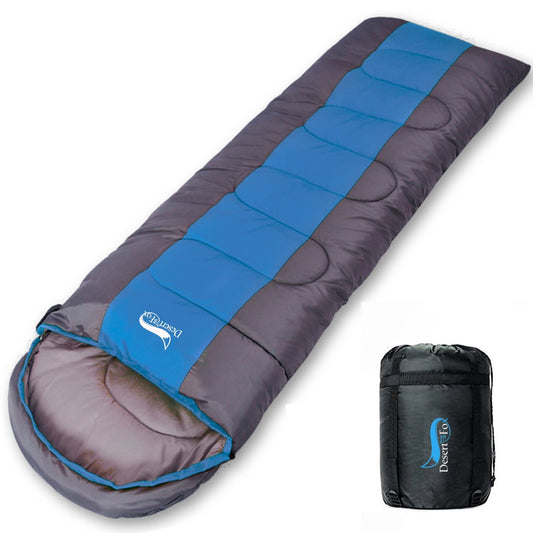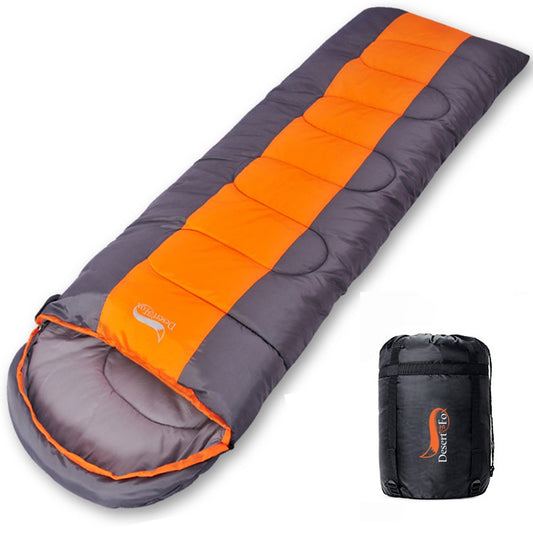
The Weeds That You Can Use For Survival
Share
I don't know about you, but I hate weeding. I am motivated by the reward, the fresh fruits and vegetables. I was visiting with my mother this summer and she showed me a few of the weeds that you shouldn't pull, but use for high quality food and medicinal purposes that you can use for survival situations.
Many of the weeds that we pull out of the garden are not only edible, but very good for us. Besides that we can always use weeds as composting material instead of just bagging and trashing.
There are some amazing salves you can create for medical purposes or infuse them with oils to benefit fully from the so-called weeds that surround us.
Stinging Nettle

Stinging nettle (Urtica dioica) is normally weeded out due to its painful, stinging hairs, but the leaves and stems can be made into a nutritious tea (brew for 5 minutes then strain) or they can be blanched and eaten like spinach to treat a wide range of conditions, for example, hypertension and rheumatoid arthritis.
Mallow
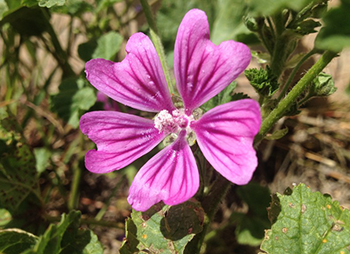
Brew a small handful of fresh or dried roots, leaves, and/or flowers in hot water for 5 minutes. You can also add the leaves and flowers to a smoothie for a delicious treat.
Dandelion
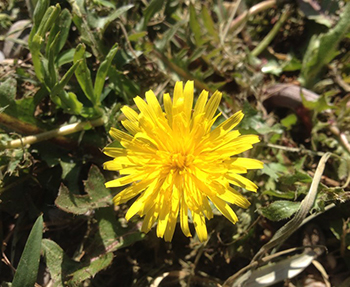 Dandelion (Taraxacum spp.) is entirely edible; from root to seeds from the top to the bottom. Leaves are best blanched before eating to remove some of the bitterness due to the small amounts of white latex in them. The flower petals are often used in salads by the highest quality restaurants.
Dandelion (Taraxacum spp.) is entirely edible; from root to seeds from the top to the bottom. Leaves are best blanched before eating to remove some of the bitterness due to the small amounts of white latex in them. The flower petals are often used in salads by the highest quality restaurants.Brewing a tea from the leaves and flowers or grinding the roots with warm water makes a caffeine-free alternative to coffee which can produce anti-diabetic and anti-tumor effects.
Catsear
 Catsear or False Dandelion (Hypochaeris spp.) is entirely edible, although not as bitter as dandelion so it can be eaten raw. It is high in sesquiterpene lactones which have an enormous range of proven medicinal benefits and are best extracted via oil.
Catsear or False Dandelion (Hypochaeris spp.) is entirely edible, although not as bitter as dandelion so it can be eaten raw. It is high in sesquiterpene lactones which have an enormous range of proven medicinal benefits and are best extracted via oil.Chop up and dry the entire plant then infuse it in oil for 2 weeks. Strain and ingest a teaspoon of the oil. It is NOT recommended to use it topically due to potential skin sensitivities.
Dock Weed
 Dock weed (Rumex spp.) leaves and roots are high in antioxidants and phenolic compounds such as anthraquinones and flavonoids, which have numerous health benefits and are best extracted into an alcoholic tincture.
Dock weed (Rumex spp.) leaves and roots are high in antioxidants and phenolic compounds such as anthraquinones and flavonoids, which have numerous health benefits and are best extracted into an alcoholic tincture.Infuse fresh roots and leaves in 40% alcohol for 2 weeks then strain and take half a teaspoon of the liquid tincture every day. You can also eat fresh, new dock weed leaves in small quantities raw, otherwise, boil them to remove some of the oxalic acids.
Wild radish
Goosefoot
Plantain
Both compounds are soluble in hot water, so it’s easy to brew half a handful of leaves and flowers for 5 minutes into a simple tea. It is also a proven wound healer, so can be infused in oil to make a salve.







